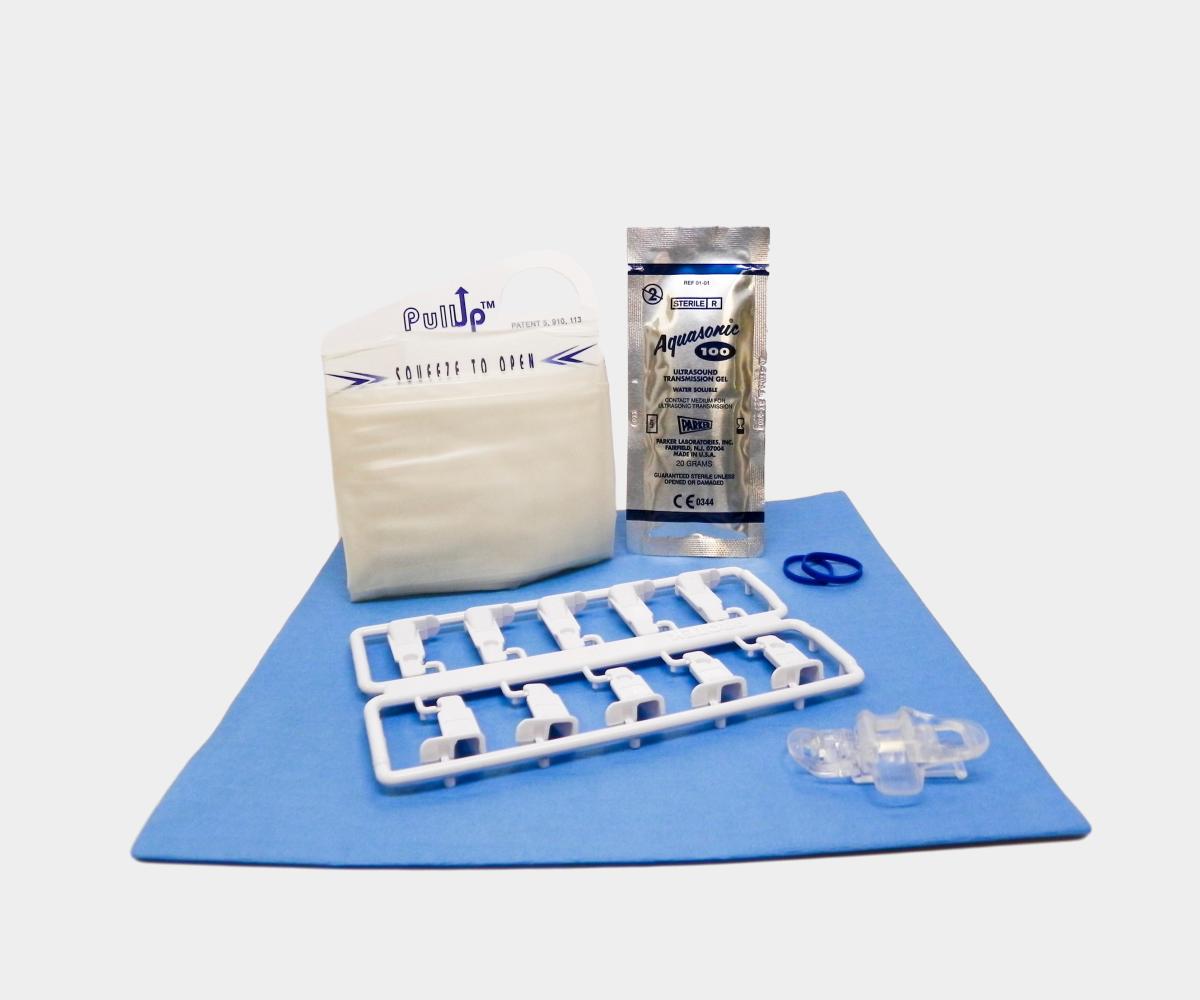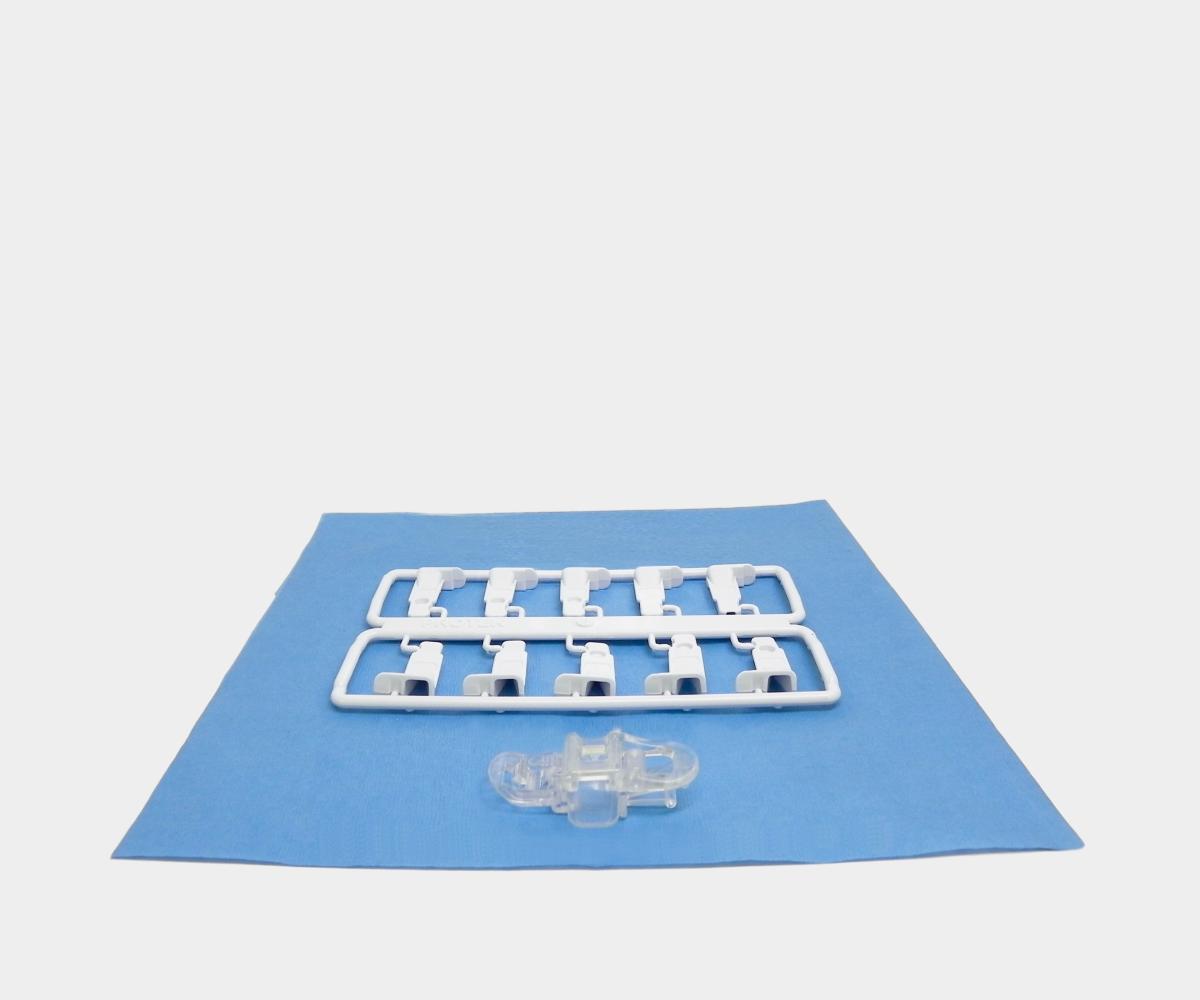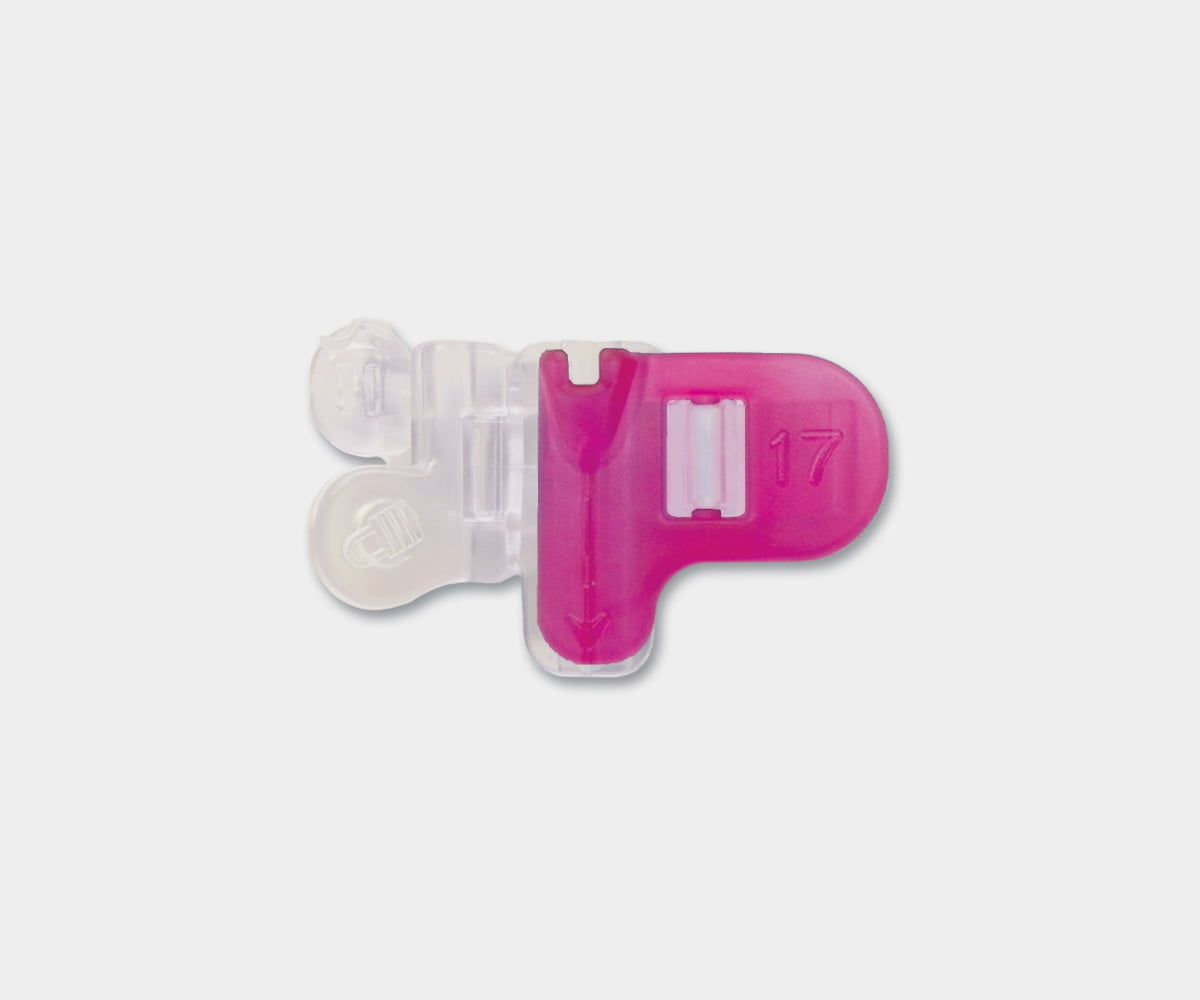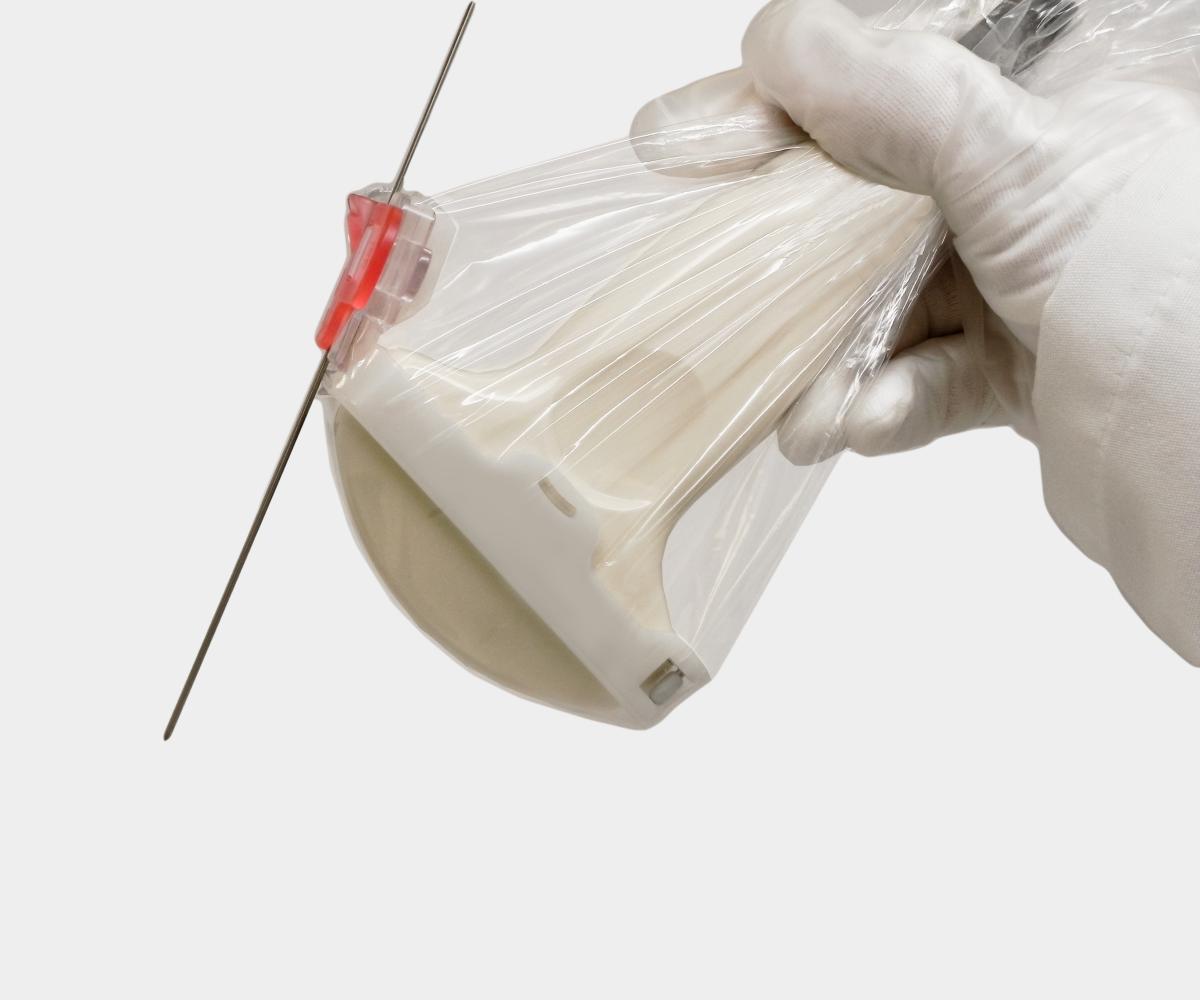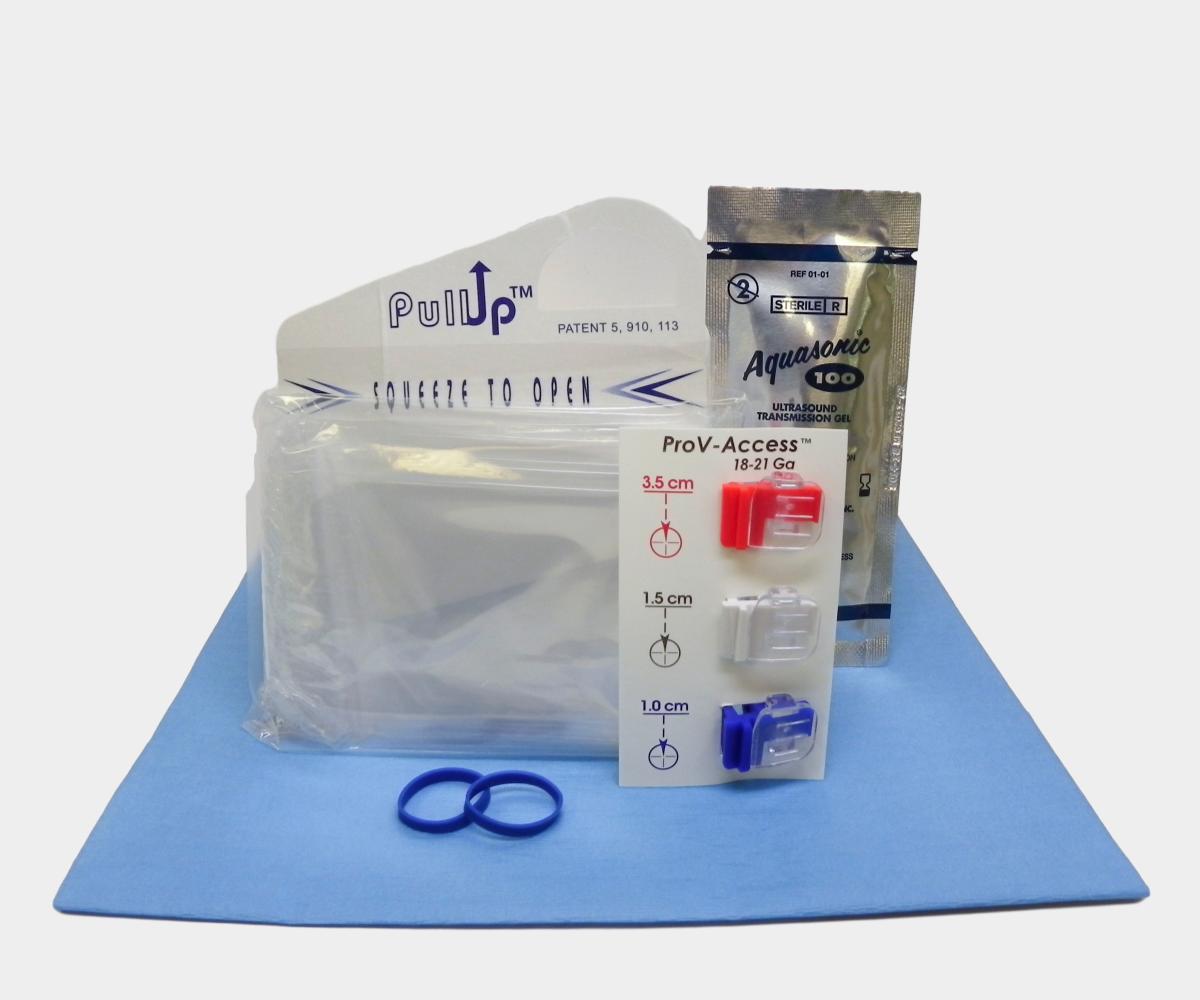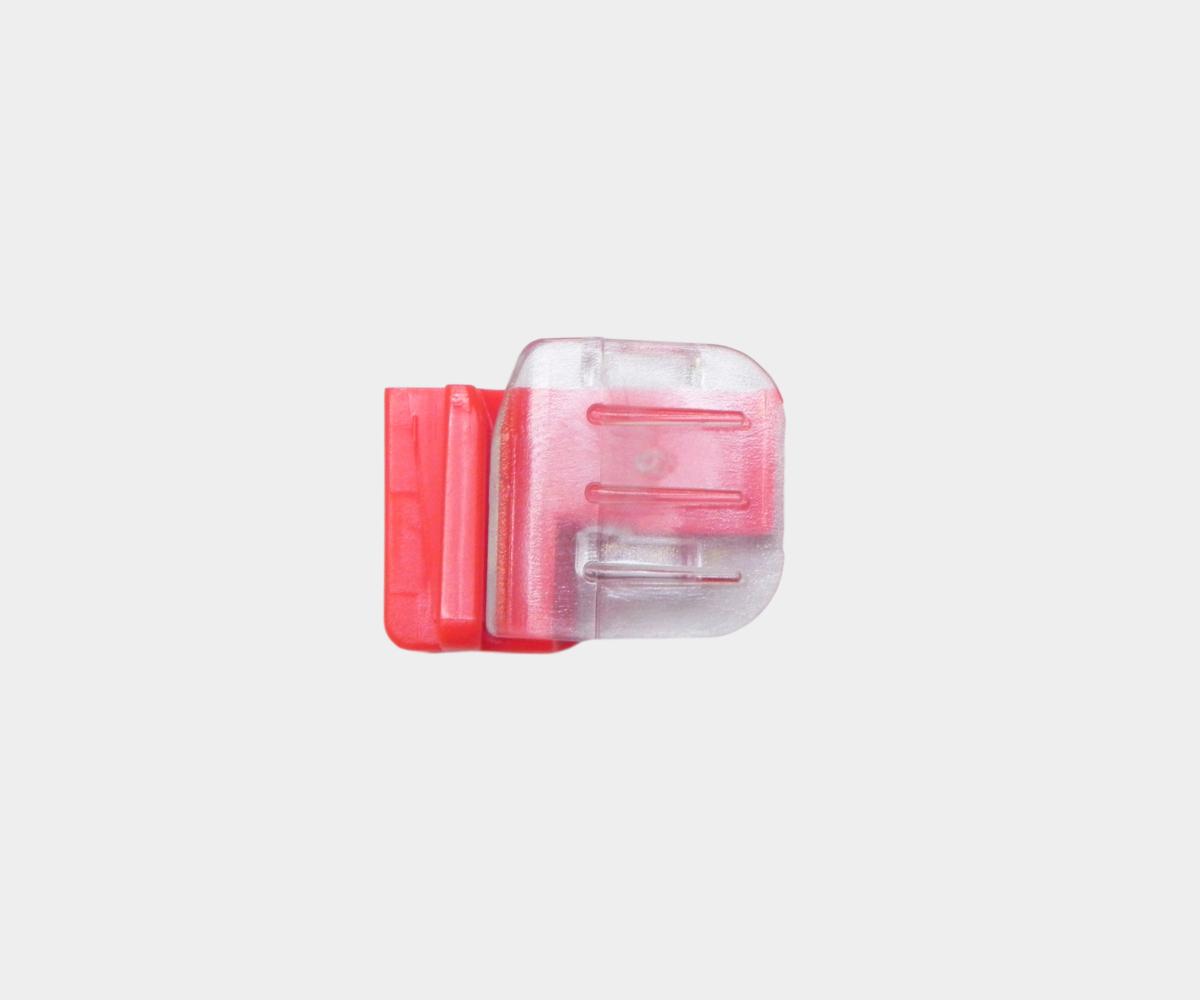General Purpose Needle Guides
3 products
Showing 1 - 3 of 3 products
Ultrasound Needle Guides: Quicker & More Accurate Ultrasound Guidance
General purpose needle guides are tools designed to provide more precision during ultrasound-guided interventions. They improve needle visualization and patient safety. They also reduce procedure time and patient discomfort.
- Reduces the number of attempts to reach a target
- Procedures are less traumatic for patients
- Improves needle placement accuracy
- Provides a predictable needle path, with the help of on-screen guidelines
Ultrasound needle guides are indicated for the following applications: radiology, anesthesia, pain management, and vascular access.
Needle guides attach to the ultrasound transducer, directly or with a bracket, and improve needle placement accuracy and needle visibility.
These guides will hold the needle in place: in the ultrasound plane for In-Plane approaches, or perpendicular to the ultrasound beam for Out-of-Plane procedures.
Ultrasound needle guides keep the needle on a predictable path, leading to improved workflow and reduced procedure time. During In-Plane approaches, the needle is constantly held in the ultrasound plane for increased visualization.
The constant tracking of the tip and shaft of the needle allows for a reduced needle manipulation and a facilitated navigation toward hard-to-reach targets.
The patient safety and confort are improved as the risks of damaging surrounding structures are minimized.
Needle Guides for Radiology
In radiology, general purpose needle guides are used for numerous applications including:
- Biopsy: kidney, liver, thyroid, breast or pancreas
- Fine needle aspiration (FNA): thyroid, breast, liver
- Drainage: lungs, abdomen
Used for biopsies, needle guides help decrease the procedure time by 68% compared to freehand technique. This benefit is greatest for inexperienced operators. (1) General purpose needle guides are especially beneficial for deep-tissue biopsies or when dealing with bariatric patients.
(1) Phal PM, Brooks DM and Wolfe R. (2005). Sonographically Guided Biopsy of Focal Lesions: A Comparison of Freehand and Probe-Guided Techniques Using a Phantom. Full Study
Needle Guides for Anesthesia & Pain Management
Ultrasound needle guides are proven to reduce procedure time and improve patient safety during nerve blocks. They are used for the following blocks:
- Axillary
- Femoral
- Infraclavicular
- Supraclavicular
- Popliteal
- Interscalene
- Spinal epidural
- Lumbar plexus
- Peripheral nerve
They are also used in pain management for joint injections, and stem cell or PRP therapies.
Decreased Procedure Time
Used for nerve blocks, ultrasound needle guides helped decreased the mean procedure time from 43 seconds to just 16 seconds. The median procedure time dropped from 33 to 10.5 seconds.
Improved Needle Visibility
Needle visualization was also increased by 78% with the help of a needle guide.
Needle Guides for Vascular Access
Ultrasound needle guides are used in vascular access for catheter placement, including CVC and PICC lines.
Out-of-Plane brackets allow for safe short-axis approach:
Choose the right depth before the procedure
Reduced risks of posterior wall puncture
Optimized catheter insertion angle
Quick-release feature for 2-Axis technique
General-purpose needle guides are compatible with the following vascular access procedures:
- Axillary vein
- Brachial vein
- Femoral vein
- Cephalic vein
- Internal jugular vein
- Subclavian vein

